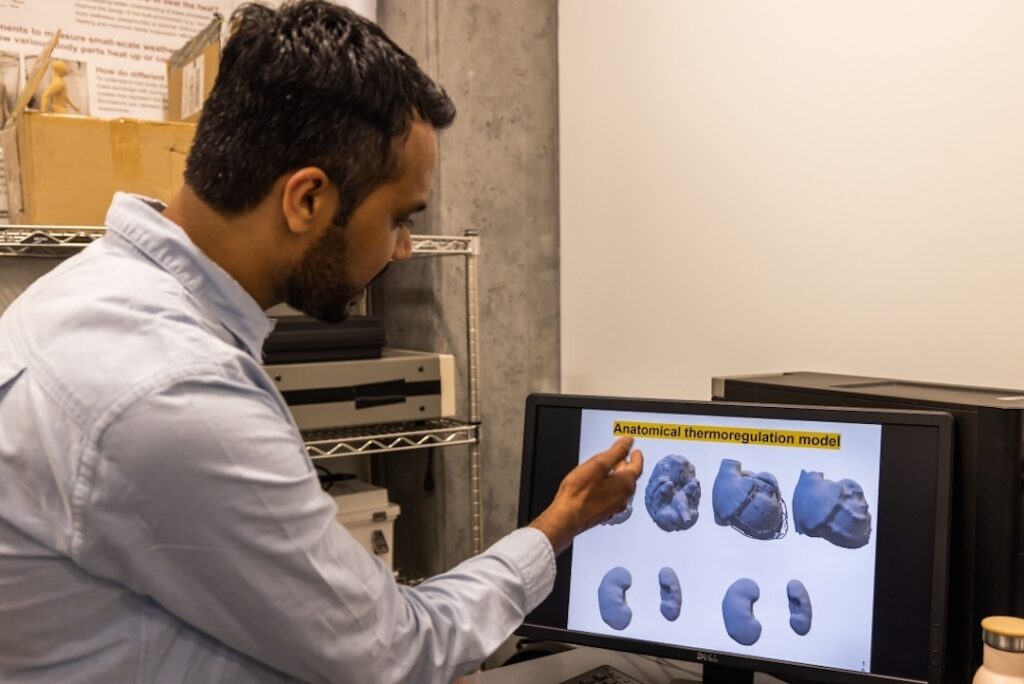It will help test the human body in high-temperature environments
It’s frequently not feasible to conduct studies on a willing volunteer for researchers looking into how the human body copes with severe temperatures. Considering that the ordinary person could die as a result of several of these tests.
This is where ANDI comes in. It is the first robot in history to breathe, sweat, shiver, and walk. Thermatrics, a thermal technology company, constructed the indoor-outdoor machine especially for Arizona State University (ASU) to assist researchers in learning more about how the body reacts to high heat. According to this article, the android’s 35 different surface areas, each of which is equipped with temperature sensors, heat flux sensors, and the crucial element of this invention: sweat pores, allow it to mimic the thermal functions of the human body for this purpose.
“ANDI sweats; he generates heat, shivers, walks, and breathes. There’s a lot of great work out there for extreme heat, but there’s also a lot missing”, remarked Konrad Rykaczewski, Associate Professor in the School for Engineering of Matter, Transport, and Energy.



It goes without saying that every state in the US will likely see higher average temperatures and more intense heat waves in the next decades. Sadly, this may increase the thousands of people who pass away every year from heat-related ailments. In fact, 425 heat-related fatalities were reported in Maricopa County alone in 2022, a frightening 25% rise from the previous year. Given that Canadian wildfires have blanketed large portions of the country in orange smoke, it would not be long before such catastrophes become more frequent.
Scientists put ANDI in a heat chamber to carry out studies that would allow them to measure the hazards different settings offer to one’s health in order to be able to build solutions to better protect humans from heat stress.
According to Associate Professor Jenni Vanos from the School of Sustainability and Assistant Professor Ariane Middel from the School of Arts, Media, and Engineering, “You can’t put humans in dangerous extreme heat situations and test what would happen”. If you’re wondering how ANDI doesn’t blow up in hot weather, it’s because the robot has internal cooling channels that distribute cold water throughout its body, keeping it cool even in the warmest conditions.
Researchers intend to combine ANDI with MaRTy, a bio-meterological heat robot, to advance the research. The two will then collaborate to demonstrate how human sweating processes impact core and skin temperatures as well as how they behave in circumstances when there is a chance of high heat. It’s fascinating to note that with these robots, researchers can easily alter the BMI models, age characteristics, and medical issues of the androids to observe how bodies respond to various situations. Perhaps, this research will lead to the development of heat intervention devices. For instance, the development of clothing or exoskeletons for cooling-supporting backpacks.
Ever more sophisticated robots will help to easily test extreme environments without risking human life, such as Spot by Boston Dynamics. Anyway, there might be a downside if their ability to withstand situations a human might not, it would be employed against people.


